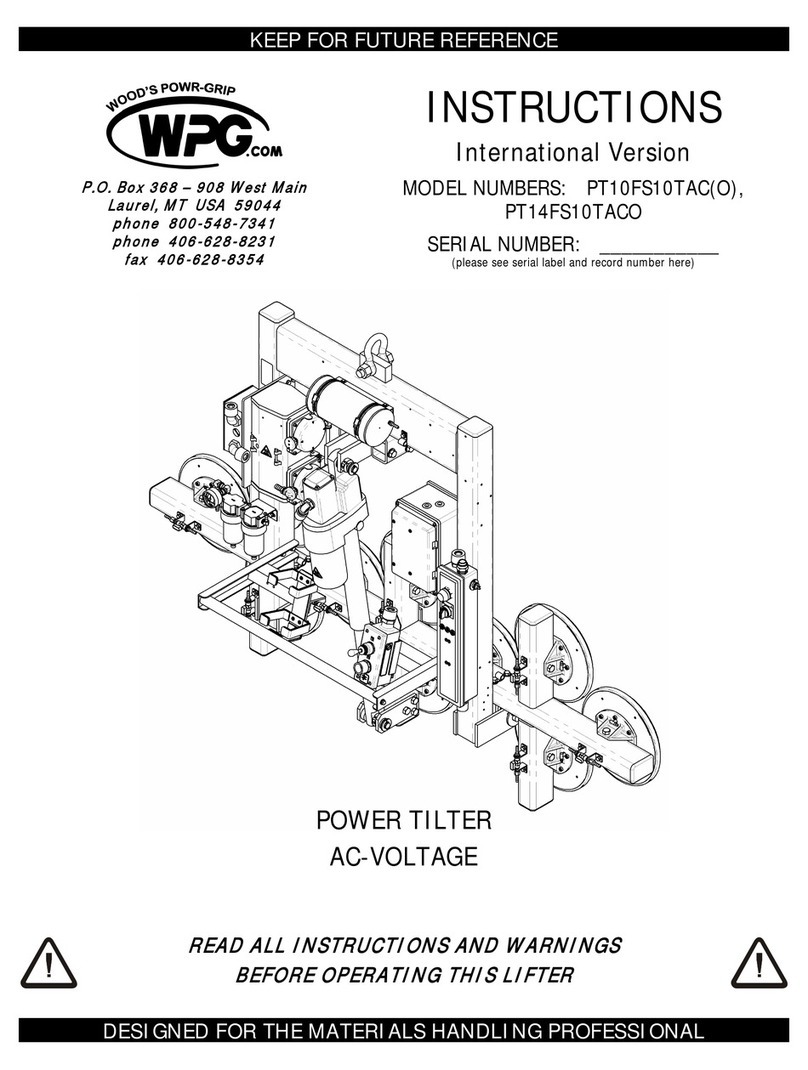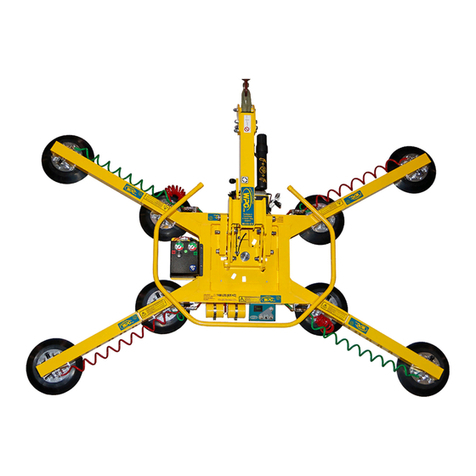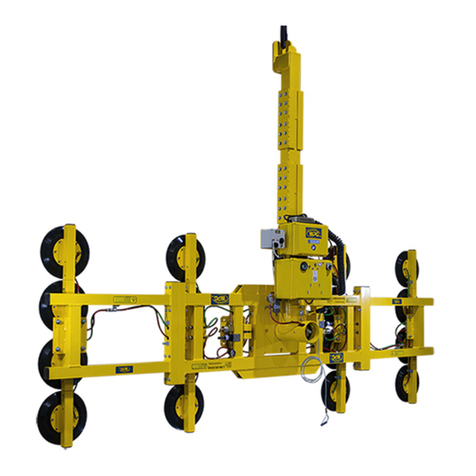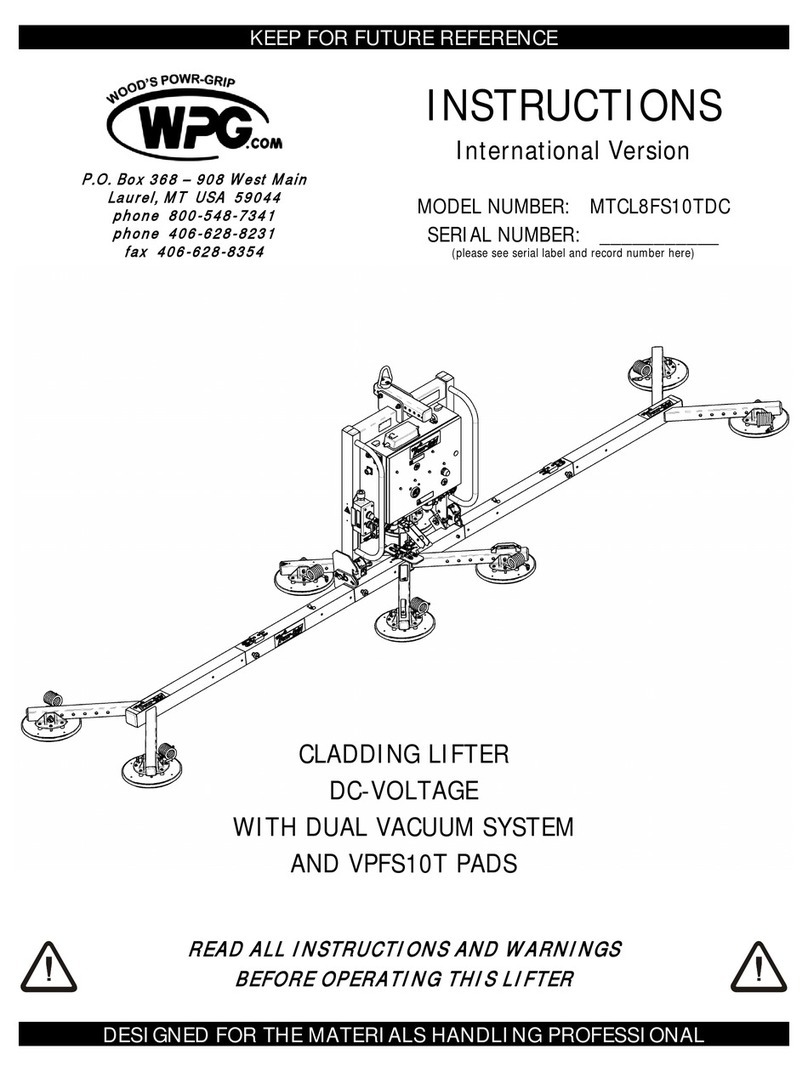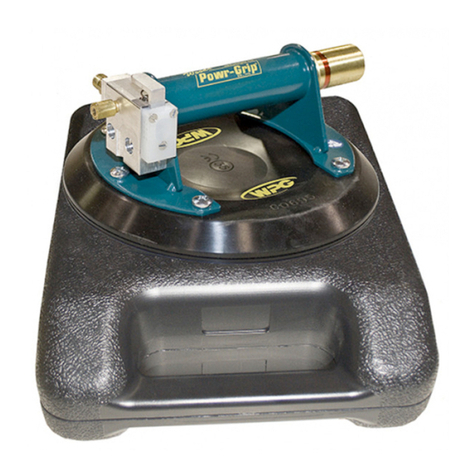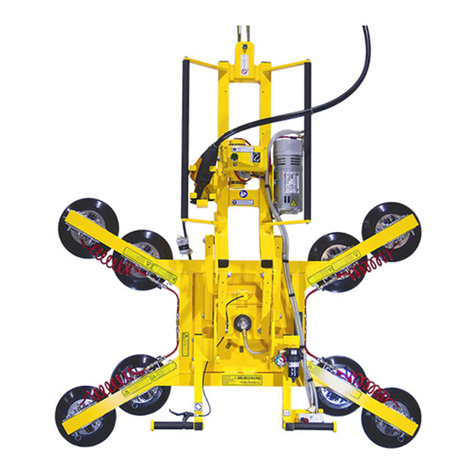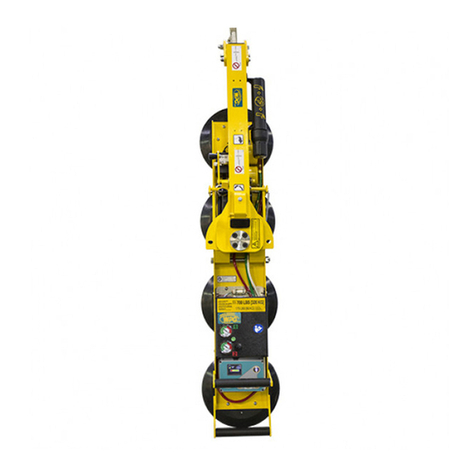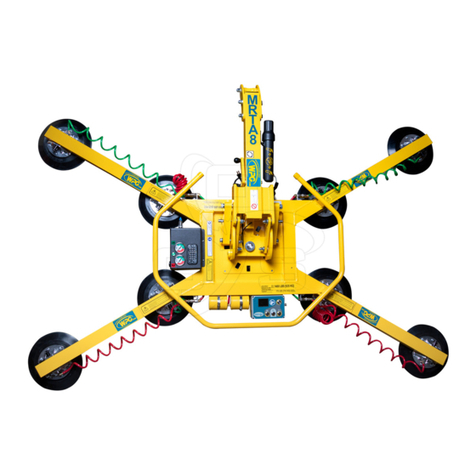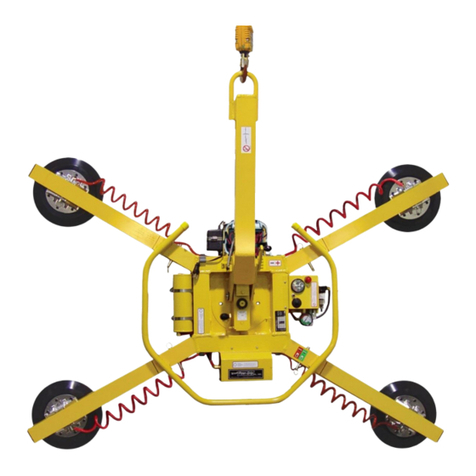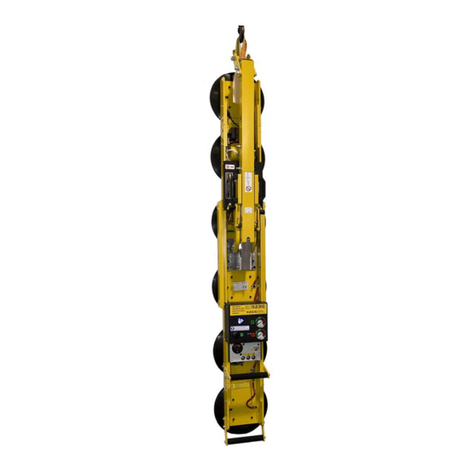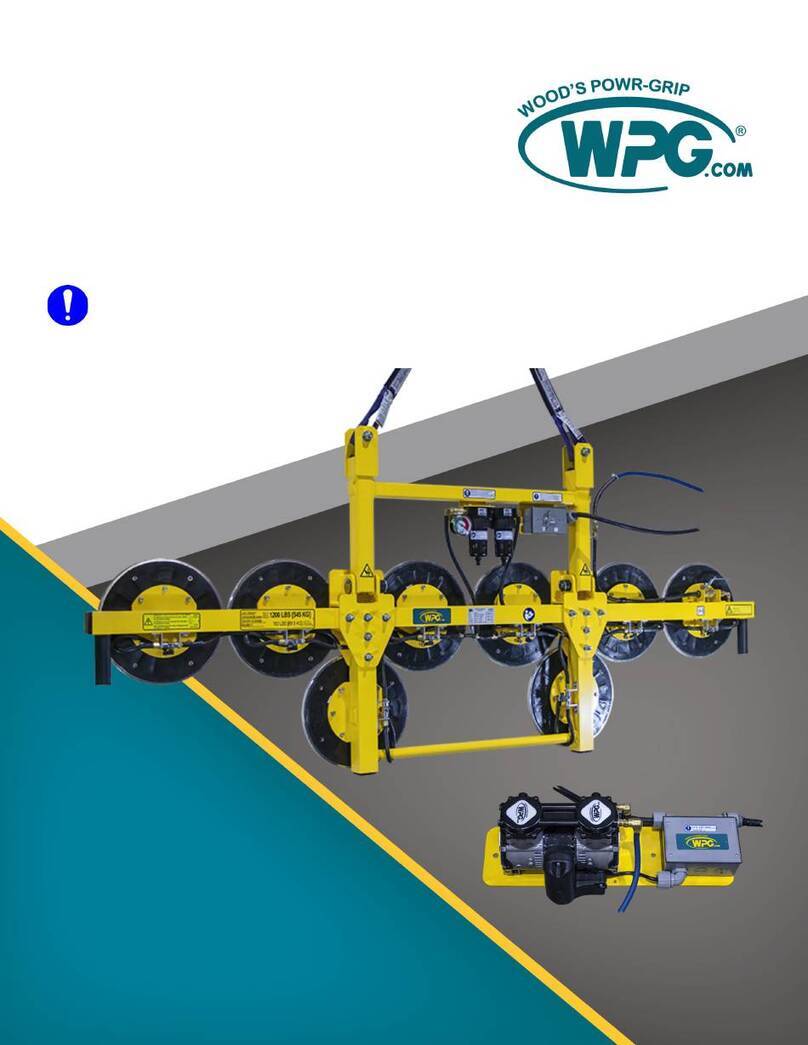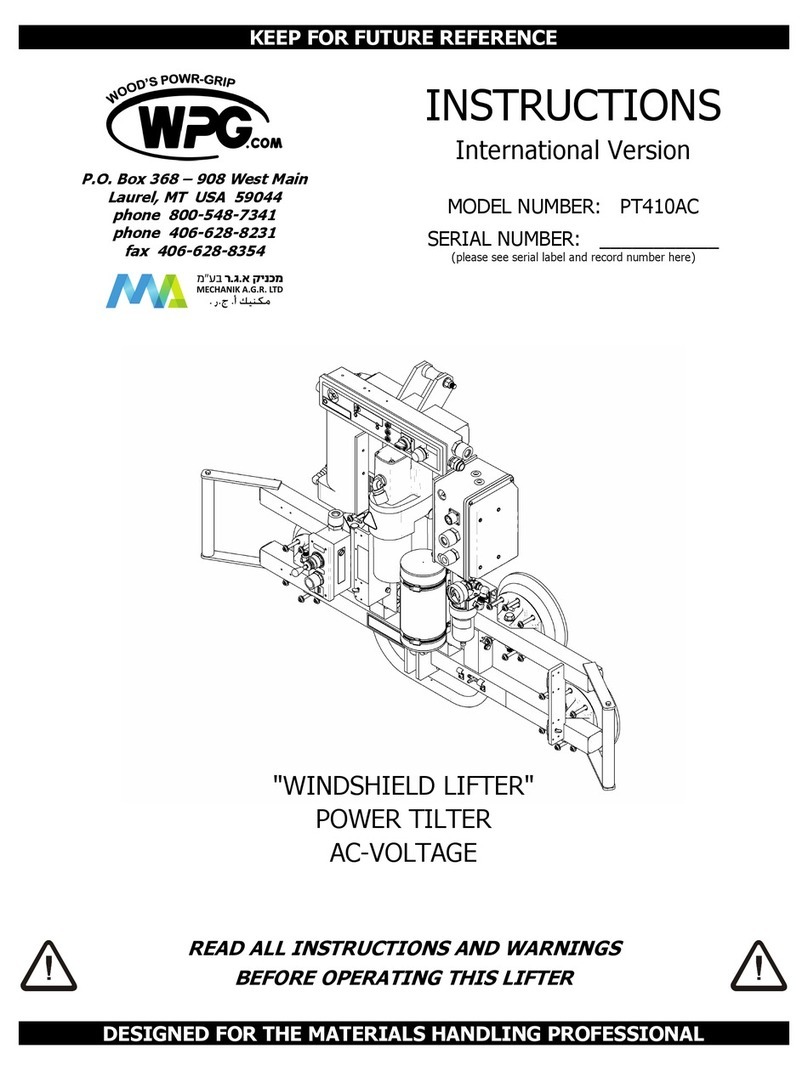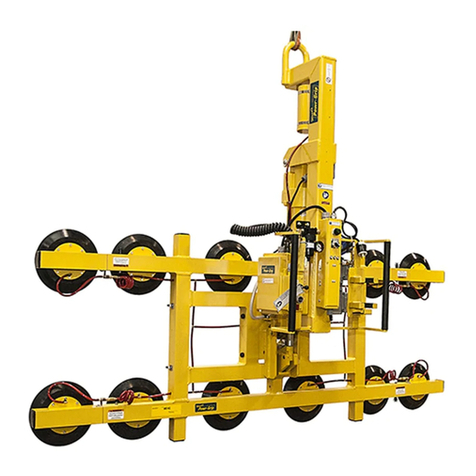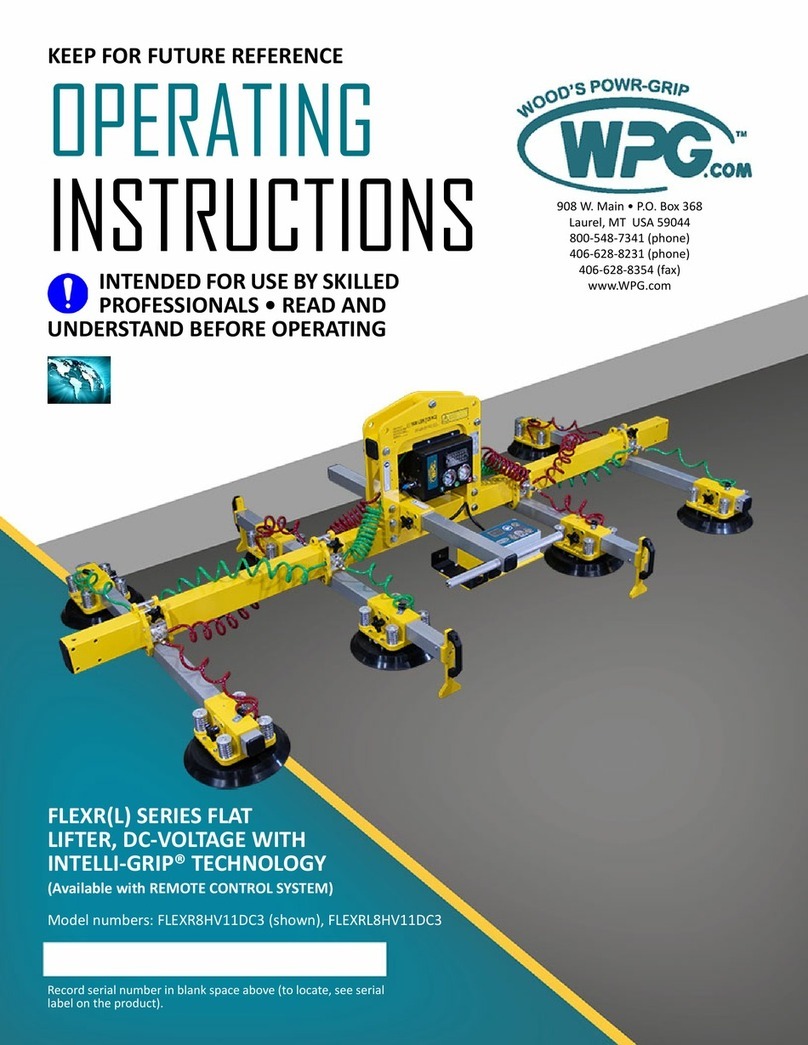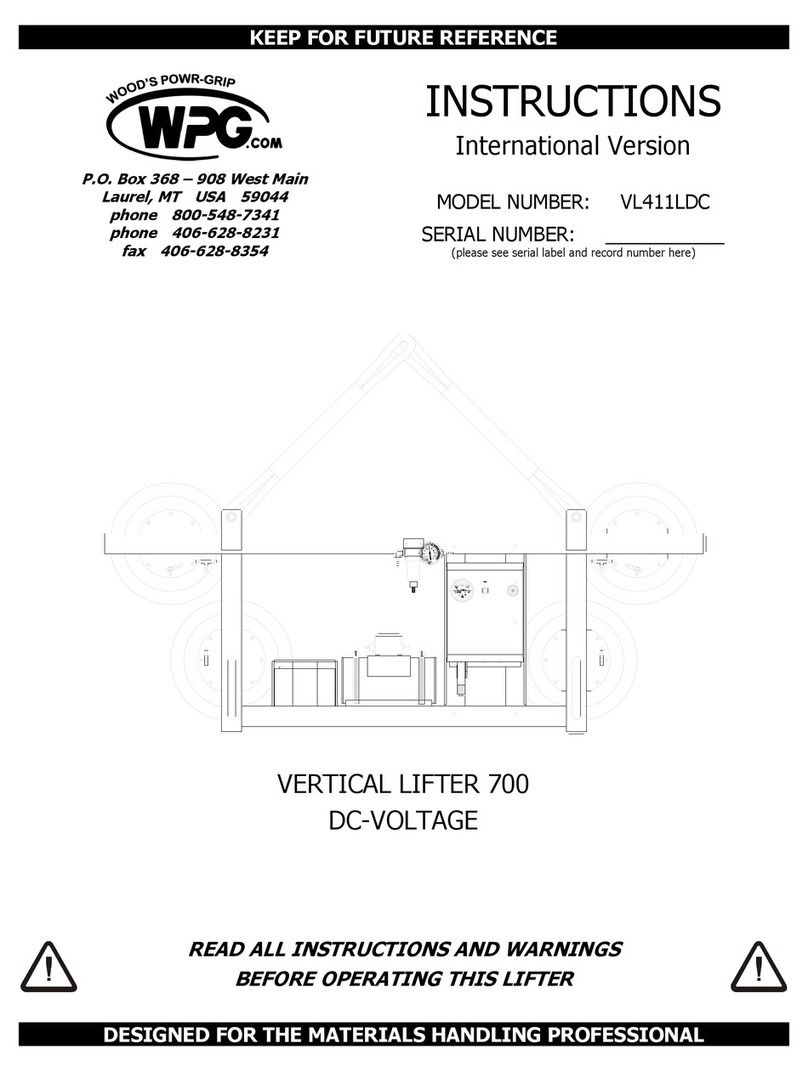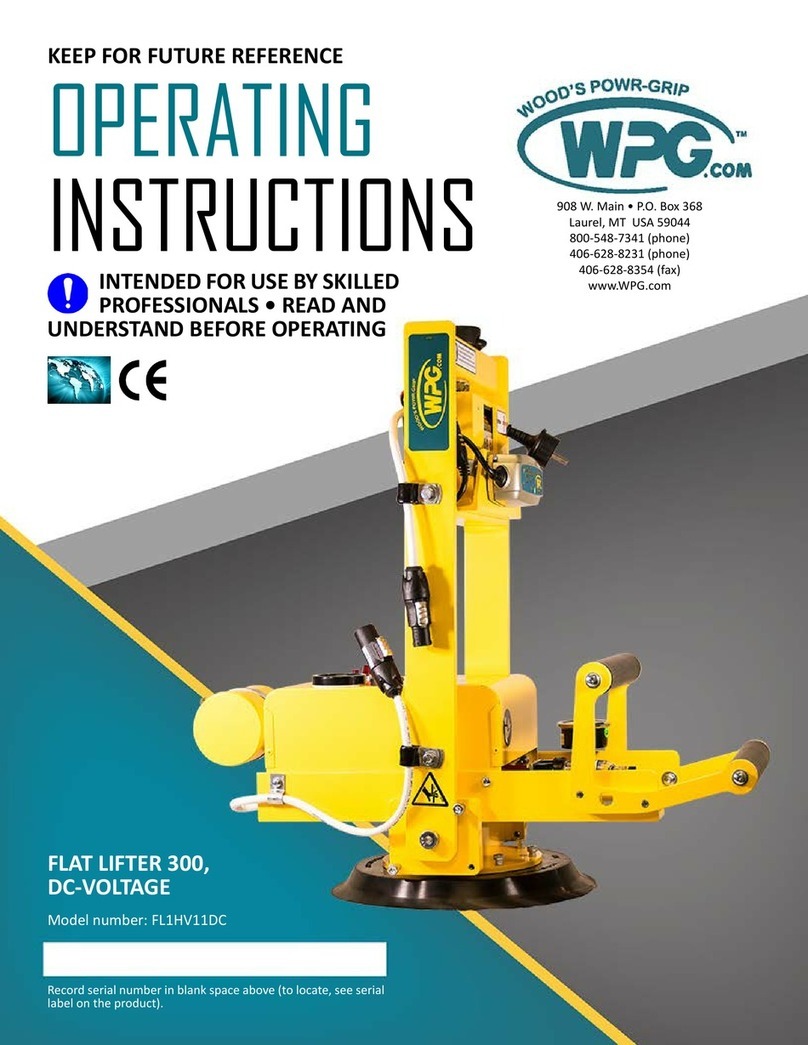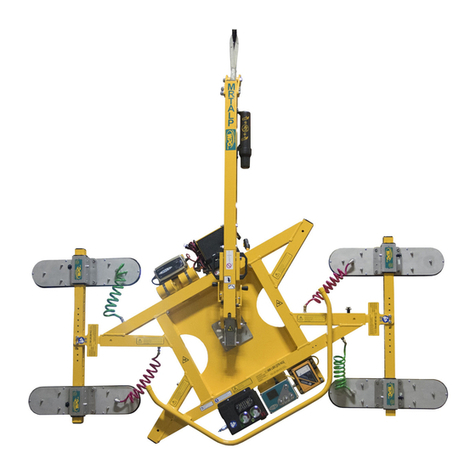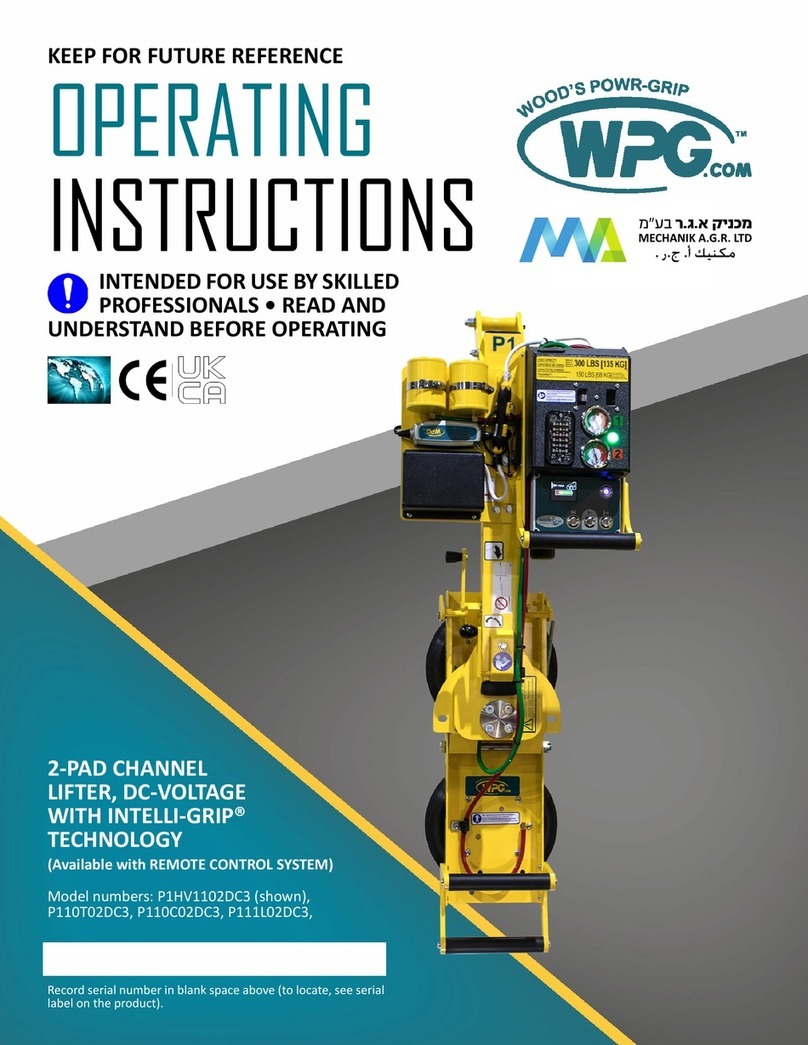
Rev 17.2/12-21 MT-10TDC-HV-C: #350941
SPECIFICATIONS .....................................................................................3
SAFETY...................................................................................................5
OPERATING FEATURES............................................................................6
ASSEMBLY..............................................................................................7
INTENDED USE .....................................................................................10
LOAD CHARACTERISTICS...............................................................................10
OPERATING ENVIRONMENT..........................................................................11
DISPOSAL OF THE LIFTER .............................................................................11
OPERATION..........................................................................................12
BEFORE USING THE LIFTER...........................................................................12
Taking Safety Precautions .................................................................................................12
Performing Inspections and Tests .....................................................................................12
Checking the Battery.........................................................................................................13
TOUSE THE PAD SHUTOFFS .........................................................................14
TOATTACH THE PADS TO ALOAD ..................................................................15
Positioning the Lifter on the Load.....................................................................................15
Sealing the Pads on the Load............................................................................................16
Reading the Vacuum Gauge..............................................................................................17
TOLIFT AND MOVE THE LOAD......................................................................18
Interpreting the Warning Light .........................................................................................18
Monitoring Vacuum Indicators .........................................................................................18
Controlling the Lifter and Load .........................................................................................19
In Case of a Power Failure.................................................................................................19
TOTILT THE LOAD ......................................................................................20
TOLAND THE LOAD ....................................................................................20
TORELEASE THE PADS FROM THE LOAD .........................................................21
AFTER USING THE LIFTER.............................................................................21
Storing the Lifter ...............................................................................................................22
Transporting the Lifter ......................................................................................................22
INSPECTIONS AND TESTS.....................................................................23
INSPECTION SCHEDULE ................................................................................23
TESTING ...................................................................................................24
TABLE OF CONTENTS
